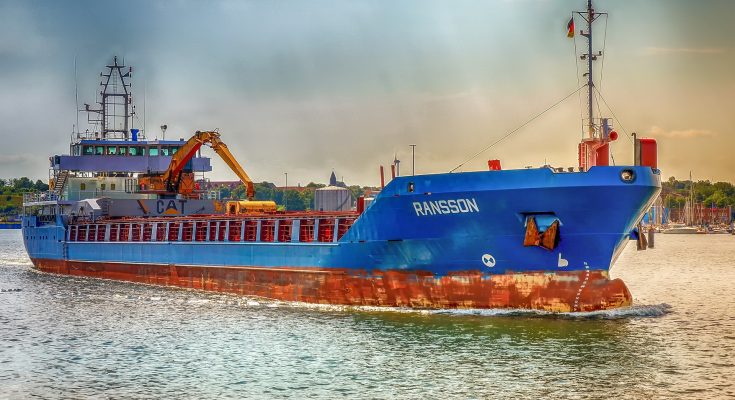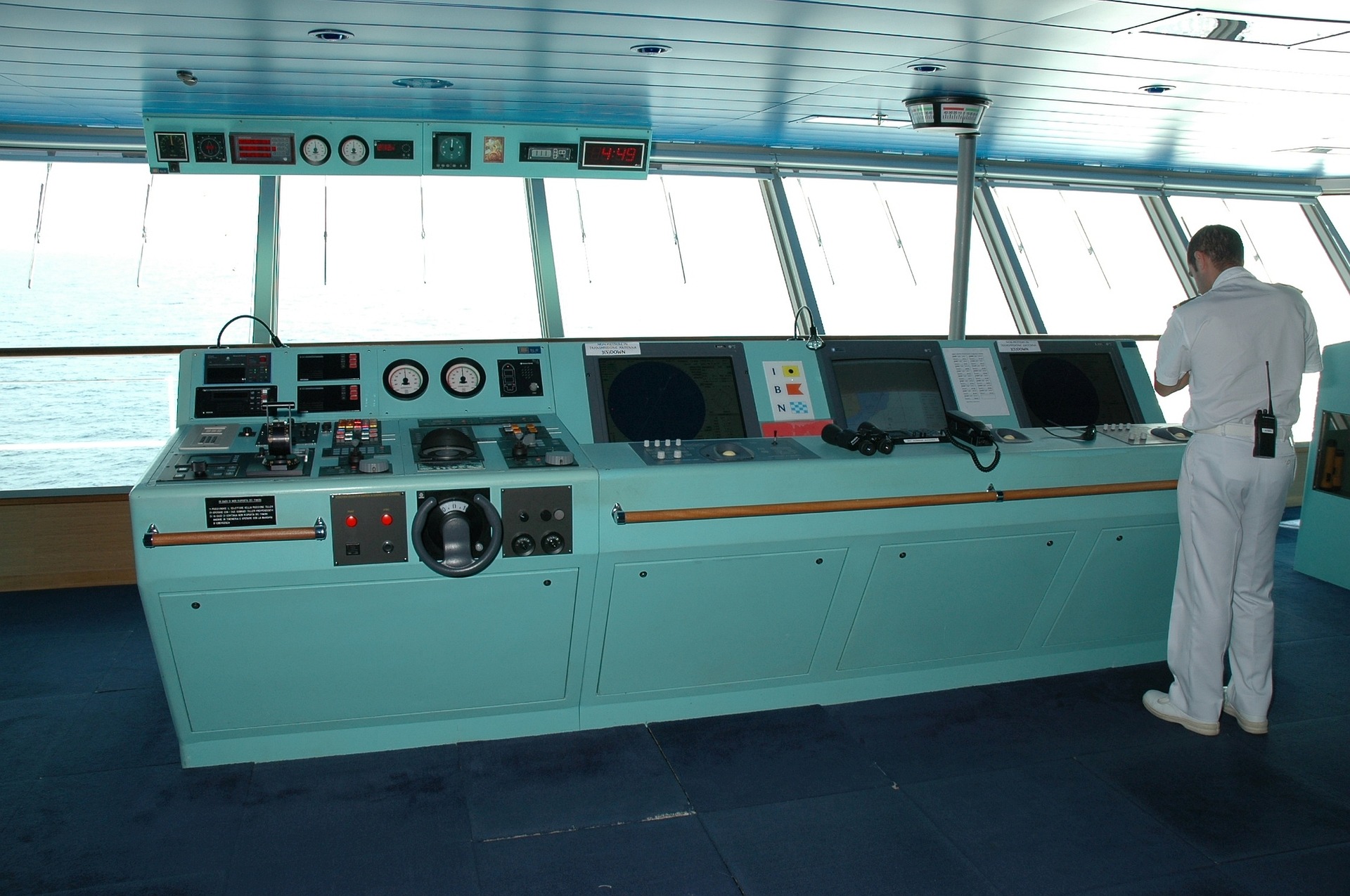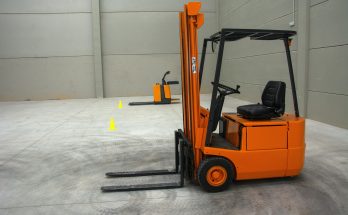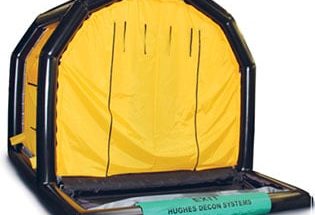The safety of those who use bridge structures and marine vessels should never be taken lightly. Adding a Marine Deck Anti-Slip Surface or Bridge Anti-Slip System is an easy, cost-effective way to ensure the safety of those who use these surfaces. Investing in such systems can help save lives, making them worth every penny.
In this article, we will go through why they are important, how they are applied, and how they can be maintained.
What is Bridge and Marine Surfacing?
Bridge and Marine Surfacing is a type of surface coating applied to bridges and marine vessels that provides a safe, non-slip walking surface. The material used for this type of surface coating is typically an epoxy resin combined with a specialized aggregate such as aluminum oxide or quartzite. This combination creates an extremely durable, yet slip-resistant surface, which is essential in the dangerous and unpredictable environment of marine vessels and bridge structures.
Why is Epoxy Resin Used?
Epoxy resin is highly resistant to weathering, temperature changes, and other corrosive factors. This makes it an ideal choice for bridge and marine surfaces, as the coating will remain safe and effective for many years with minimal maintenance. It also provides a superior grip, which helps to reduce slips and falls on the deck surface.
What is a Marine Deck Anti-Slip Surface?
A Marine Deck Anti-Slip Surface is an extra layer of protection applied to the top surface of a bridge or vessel’s deck. This specialized coating provides additional traction on wet surfaces, preventing slips, trips, and falls. These types of coatings are often applied to the exterior decks of cruise ships, ferries, oil rigs, and other large vessels that must traverse rough seas.
Why is it Important?
Having a Marine Deck Anti-Slip Surface installed on bridge structures or marine vessels is essential for the safety of anyone aboard or using the structure. Without such a surface, it would be far too easy for an individual to slip, trip, or fall on a wet surface, potentially leading to serious injury or even death.
How is it Applied?
The application process for a Marine Deck Anti-Slip Surface is quite simple. First, the surface is prepped by scrubbing off any dirt and debris with a specialized brush. Next, a coat of epoxy resin is applied to the deck using a roller or sprayer, followed by a layer of aluminum oxide or quartzite aggregate. The entire surface is then sanded down to create an even finish.
How to Maintain it?
Maintaining a Marine Deck Anti-Slip Surface is fairly straightforward. The surface should be swept and cleaned regularly with a broom or pressure washer to prevent the buildup of dirt, debris, and moisture. Additionally, it’s important to inspect the deck for any signs of wear or damage, and repair or replace any cracking or chipping surface material as soon as possible. With proper maintenance, a Marine Deck Anti-Slip Surface can provide years of safe and reliable use.
Cost Involved:
The cost of a Marine Deck Anti-Slip Surface will depend on the size and complexity of the project, as well as any additional features that may be required. For a basic installation, it is typically around $2 – 3 per square foot. This price can go up significantly if more specialized materials or treatments are needed for the job.
What is Bridge Anti Slip System?
Bridge Anti-Slip Systems are additional safety measures applied to bridges and other structures that help reduce the risk of slips, trips, and falls. This type of system includes a variety of materials such as non-skid coatings, abrasive tapes, cleats, and more. These materials are designed to provide additional traction when walking on wet surfaces, helping to ensure the safety of pedestrians and other users.
Why is it Important?
Bridge Anti-Slip Systems are essential for providing a safe environment on bridge structures, marine vessels, and other high-risk walkways. Without such systems in place, individuals using these surfaces may be at risk of slips and falls, which can lead to serious injury or death. By applying anti-slip systems, bridge and vessel owners can help protect the safety of their users.
How is it Applied?
Bridge Anti-Slip Systems are applied in a variety of ways, depending on the individual structure and its needs. For example, non-skid coatings can be rolled or sprayed onto the surface while abrasive tapes can be affixed directly to the deck. Furthermore, metal cleats and other specialized materials may be added as necessary.
How to Maintain it?
Maintaining a Bridge Anti-Slip System is relatively straightforward. Regular inspections should be performed to check for any wear or damage, and any issues should be addressed promptly. Additionally, the surface should be swept and cleaned regularly with a broom or pressure washer to prevent the buildup of dirt, debris, and moisture. With proper maintenance, Bridge Anti-Slip Systems can provide years of safe and reliable use.
What Kind Of Bridges Use this?
Bridge Anti-Slip Systems can be applied to any type of bridge structure, from pedestrian walkways to highway bridges. Additionally, these systems are often used on marine vessels and other high-risk surfaces. With the right materials and techniques, Bridge Anti-Slip Systems can provide superior safety for these types of structures.
Conclusion
Both Marine Deck Anti-Slip Surfaces and Bridge Anti-Slip Systems are essential for providing a safe environment on bridge structures and marine vessels. These specialized coatings or systems help reduce the risk of slips, trips, and falls by providing additional traction on wet surfaces. With proper application and maintenance, these systems can provide years of reliable use. Therefore, it is important for any vessel owner to ensure they are properly installed and maintained in order to ensure a safe environment for all users.



